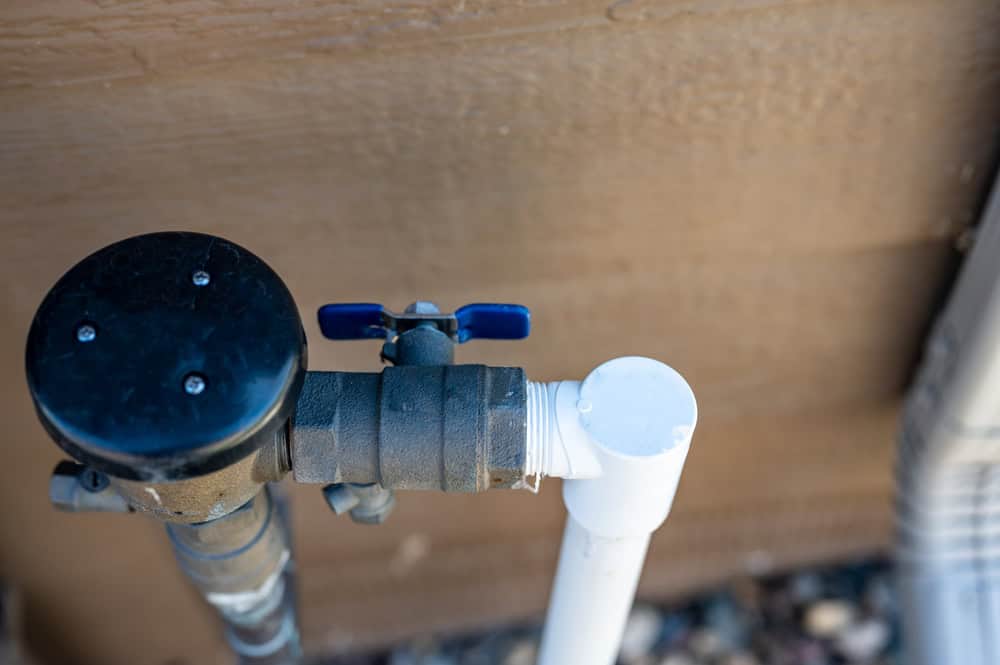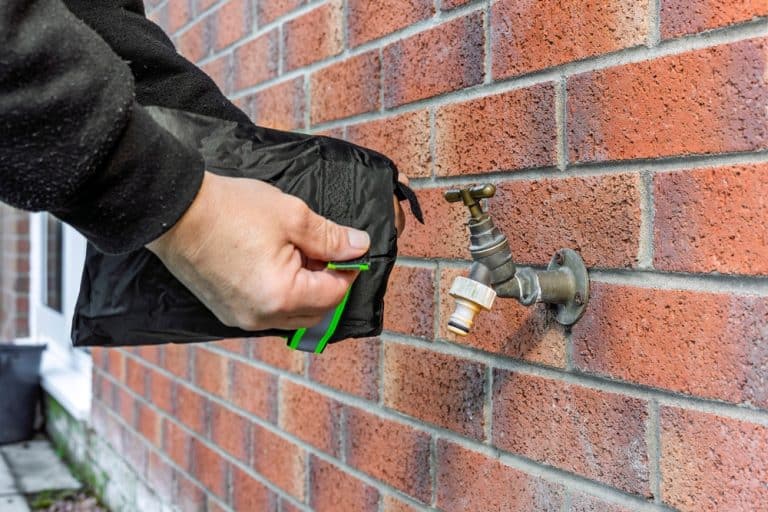Maintaining Your Hose Bib: Tips for Smooth Operation and Water Safety

The exterior faucet where you connect your lawn hoses is technically called a “hose bib.” Impress your friends with this bit of trivia! But more importantly, keeping these tips in mind will help ensure smooth operation and prevent potential plumbing issues.
Winterizing in Cold Climates
If you live in a cold climate, winterizing your hose bib is essential to prevent freezing and potential pipe damage:
- Locate Interior Valve: Find the interior shut-off valve for the hose bib before winter arrives.
- Turn Off Water Supply: Close the interior valve to cut off the water supply to the exterior faucet.
- Disconnect Hose: Remove any hose attached to the hose bib.
- Open Exterior Valve: Open the exterior valve to allow any remaining water in the piping to drain out, preventing freezing.

Vacuum Breakers: Protecting Your Water Supply
Whether you live in a warm or cold climate, a vacuum breaker is a crucial component for your hose bib:
-
Identification: A vacuum breaker is a round brass fitting attached to the threaded connection. Newer hose bibs may have a built-in vacuum breaker, identifiable by a large cap on top of the valve.
-
Importance: The vacuum breaker prevents dirty water from flowing backward into your home’s drinking water system.
-
Backflow Prevention: Low water pressure can draw water from a hose lying in contaminated sources, such as a dog dish or a garden chemical sprayer. A vacuum breaker safeguards against this backflow, protecting your water supply from potential contamination. This low pressure might occur if a fire department uses a lot of water, creating low (negative) pressure in the water lines.

Conclusion: A Few Simple Steps for Long-Term Protection

Proper maintenance of your hose bib is a small investment of time that yields significant benefits. By following these tips—winterizing in cold climates and ensuring a functional vacuum breaker—you safeguard your plumbing system against damage, protect your drinking water from contamination, and keep your outdoor water connections ready for use whenever you need them. These simple precautions contribute to the overall safety, efficiency, and longevity of your home’s plumbing infrastructure.